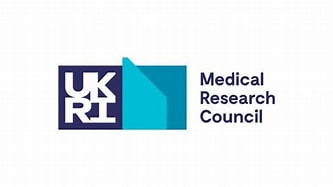News
Sarcopenia as front-page news
-236x300.jpeg)
Successful AGE Research Group collaboration results in a published article with a cover page image in the Clinical Science journal.
We are proud to present our most recent publication, “Hallmarks of ageing in human skeletal muscle and implications for understanding the pathophysiology of sarcopenia in women and men” which was published in the Clinical Science journal this month. Figure 3 from the article, showing the multiple mechanisms of skeletal muscle ageing and sarcopenia, was selected for the journal cover:
The article is a result of a successful interdisciplinary collaboration between the AGE Research Group, Emeritus Prof Miranda Ground from the University of Western Australia, and Dr Tea Shavlakadze from Regeneron Pharmaceuticals. It contributes to our work programmes on the NIHR Newcastle BRC Ageing, Sarcopenia and Multimorbidity Theme, aiming to understand ageing mechanisms underlying sarcopenia and their potential for early translation into proof-of-concept diagnostic, treatment and prevention studies.
Ageing is a complex biological process associated with multiple chronic diseases and mortality. Nine classic hallmarks of ageing, describing different mechanisms in our cells that together influence how we age, have been used as organising principles to understand the complexity of ageing and disease development in humans. These include the mechanisms that change the ability of our cells to detect nutrients, produce energy, communicate, divide, and respond to stressors. Skeletal muscle experiences many changes with age such as loss of strength, mass, and function, a condition known as sarcopenia. The biology of sarcopenia is complex and, although research in this area is growing rapidly, there are not enough studies in humans, especially in older women.
In this review, we give a broad overview of the main mechanisms that are likely to drive the biology of skeletal muscle ageing and sarcopenia in women and men in the context of the hallmarks of ageing. We discuss the importance of nine classic and five novel hallmarks of ageing to the specific situation of human muscle, and how they are connected to each other. We recognise that many studies use only one source of muscle, the thigh muscle, and that studies in older women are rare. We also discuss how these hallmarks may be clinically important and aid in finding therapies for sarcopenia.
Citation
Granic A, Suetterlin K, Shavlakadze T, Grounds MD, Sayer AA. Hallmarks of ageing in human skeletal muscle and implications for understanding the pathophysiology of sarcopenia in women and men. Clin Sci (Lond). 2023;137(22):1721-1751. doi:10.1042/CS20230319
Last modified: Fri, 15 Dec 2023 08:58:20 GMT






